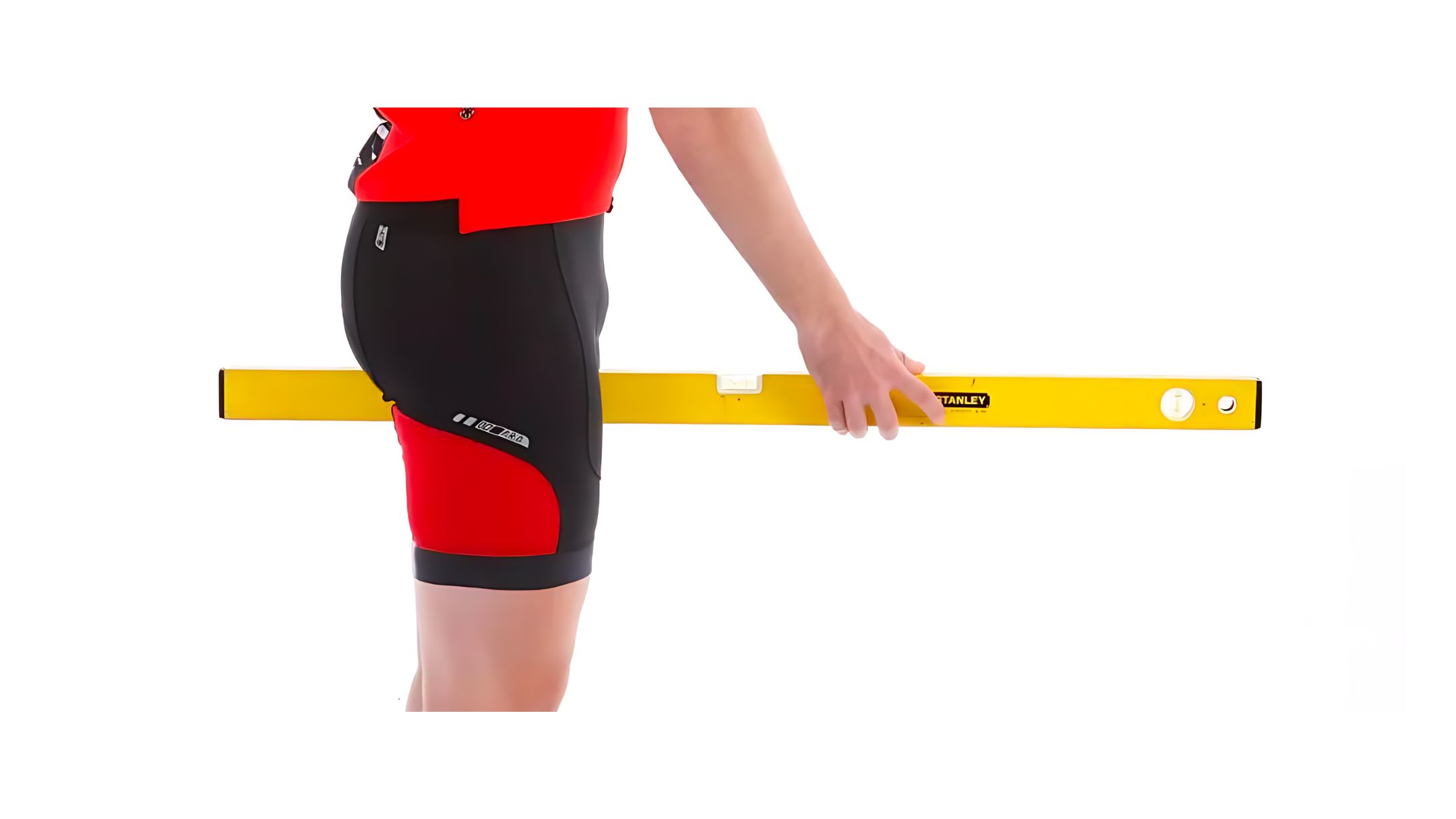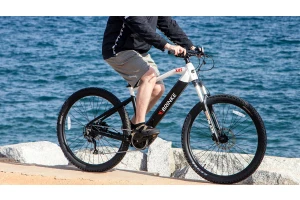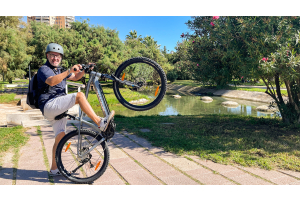August 06, 2024

Things You Need to Know About Cycling (5)-Adjusting saddle height
Adjusting the correct saddle height might take some time, but finding that sweet spot is crucial for comfort, performance, and injury prevention. Finding the optimal saddle height is almost fundamental to bike fitting—the distance between the bottom bracket and the top of the saddle plays a significant role in comfort, power output, and overall performance.
According to feedback from professional cyclists, "When I ride, everything starts with the saddle height. Other factors like handlebar height come after that."
One of the most common signs of incorrect saddle height is knee pain. If you experience this issue, it might indicate that your saddle height is incorrect. Although there could be other reasons and individual responses may vary, typically a saddle that is too low will cause pain in the front of the knee, while a saddle that is too high will cause pain in the back of the knee or in the hamstrings.
Saddle height is the distance between the bottom bracket center and the center of the saddle. Here are two recommended methods to find the appropriate saddle height:
Method 1: Heel Method
To set your saddle height, sit on the bike and place your heel at the midpoint of the pedal axle, so it's at the furthest point, with the crank in line with the seat tube. Your leg should be straight without tilting your hips to reach the pedal (sit upright).
Try placing your foot on the floor. You should be able to touch the ground with your toes while keeping the bike upright.
Of course, the fore-aft position of the saddle is equally important. If you make changes to the fore-aft position, it will affect the saddle height, so repeat the height adjustments. It is advisable to go through a trial and error process while riding the bike.
“If it feels too low, raise the saddle by 1mm. If it still feels low, raise it another 1mm, and vice versa. If it’s too high, you will feel like you are bobbing in the saddle or experiencing tension behind your knees. If it’s too low, you will feel pressure in the front of your knees.
”


Method 2: 109% Method
If you prefer mathematical formulas, the 109% method involves measuring the inseam of your leg. Stand with your feet apart (without shoes), place a level between your legs, and mark the top point on the wall. Record the distance from the floor to the mark and multiply it by 1.09.
The resulting height should still be fine-tuned while sitting on the bike, as this theory addresses basic mathematics and bodies aren’t formulaic.


PS: People have different muscle tightness. Therefore, for a very flexible person, the resulting saddle height might feel too low. Conversely, it might feel too high for someone with tight muscles.
If you work on improving flexibility, you may need to adjust your saddle height accordingly. Flexible people can usually set the saddle higher.
The first method accounts for this because a flexible person can fully straighten their leg, while someone with tight muscles may feel fully extended with a slight bend, without realizing it. Thus, the first method is more versatile.
Also, not all bikes have the same crank length. Longer or shorter cranks will result in different knee angles, so if you upgrade or buy a new bike, this should be taken into account.


 Deutsch
Deutsch  Español
Español  Deutsch
Deutsch 



Validate your login